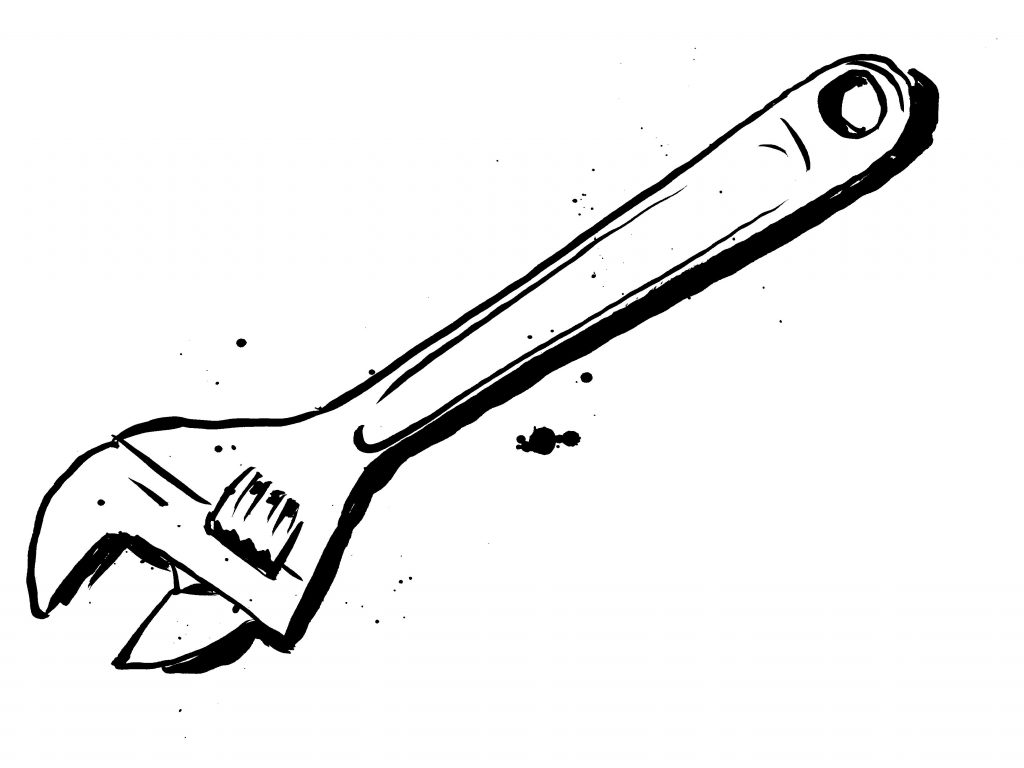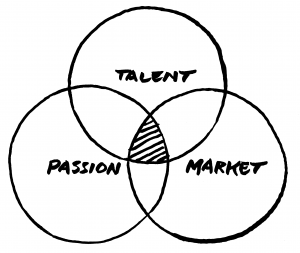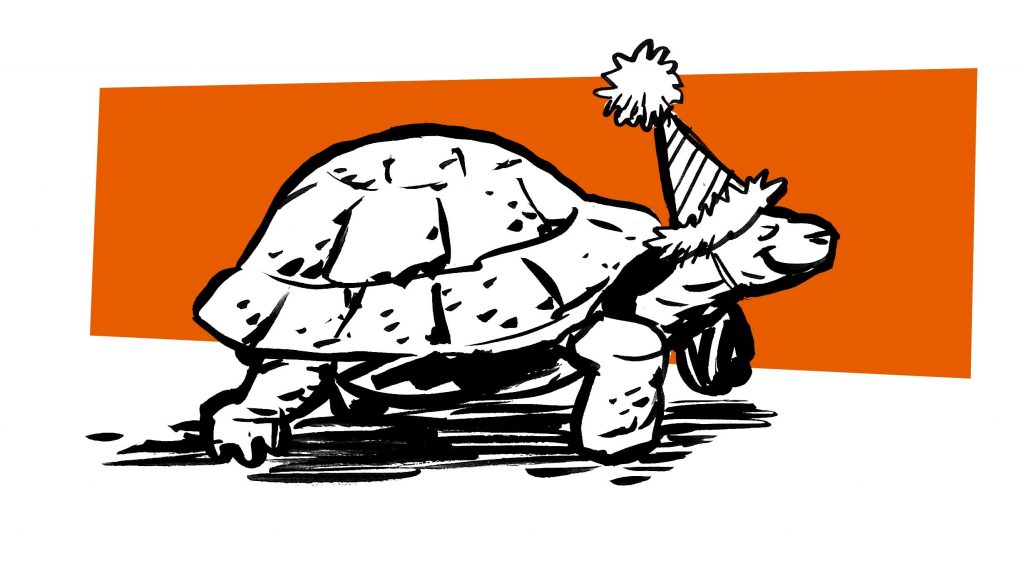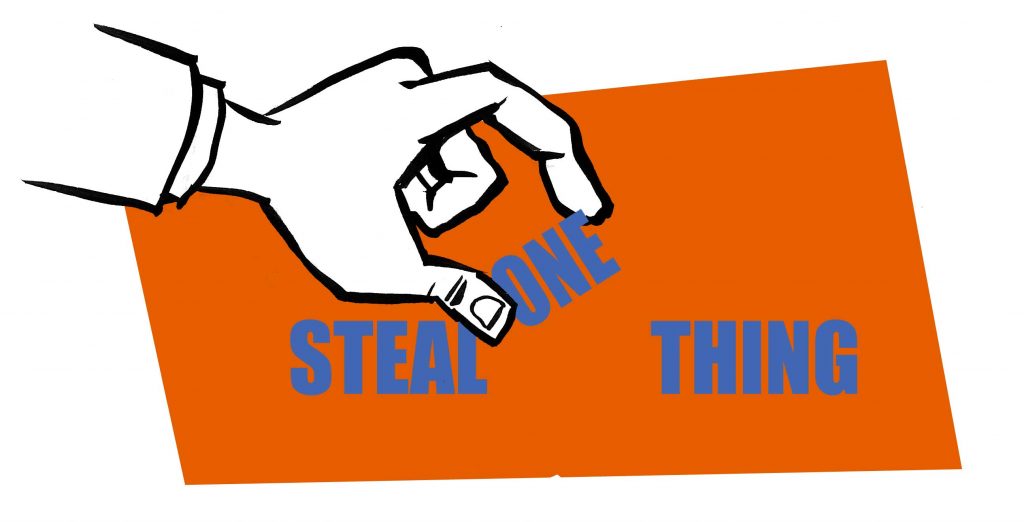I’ve talked about the tools of the trade in other videos, but this time I want to dig deep on some of the some of the classic tools for comics inking and show the different style in lines you get from a marker vs. a brush or a quill.
As a companion to this video artist Michael Johnson Curry (mikejc.com) has provided a handful of his pencils that you can print out and try your own inking skills on.
You can find the printouts at the bottom of the resources page.
Let me know if that’s helpful and I can see about maybe doing more of that type of stuff.
Amazon affiliate links to tools mentioned in this video:
Winsor & Newton Cotman Water Colour Synthetic Brush – Round #4:

 I recognize the need for an artist to be more mindful of the business aspect. But I’m feeling a lot of resistance to the whole product/market lingo and finding it hard to implement in my own life.
I recognize the need for an artist to be more mindful of the business aspect. But I’m feeling a lot of resistance to the whole product/market lingo and finding it hard to implement in my own life. I’ve created this little Venn diagram (very marketing biz, right?) to illustrate the three overlapping elements of a creative career. Without the product (your art), nothing to sell. Without the audience, no one to sell to (And I’ve added the passion element, because it’s darn hard to produce art that you’re not passionate about).
I’ve created this little Venn diagram (very marketing biz, right?) to illustrate the three overlapping elements of a creative career. Without the product (your art), nothing to sell. Without the audience, no one to sell to (And I’ve added the passion element, because it’s darn hard to produce art that you’re not passionate about). Hey, it’s a new year! Maybe you made a resolution that has to do with your creative craft, like write the script for your graphic novel or draw a page a day. A big goal, something to strive for! That’s the way to go, right?
Hey, it’s a new year! Maybe you made a resolution that has to do with your creative craft, like write the script for your graphic novel or draw a page a day. A big goal, something to strive for! That’s the way to go, right? Give away your best stuff for free and people will become fans, and a percentage of those fans will end up paying you. But is this really true? Can you put the genie back in the bottle?
Give away your best stuff for free and people will become fans, and a percentage of those fans will end up paying you. But is this really true? Can you put the genie back in the bottle? In his great book
In his great book